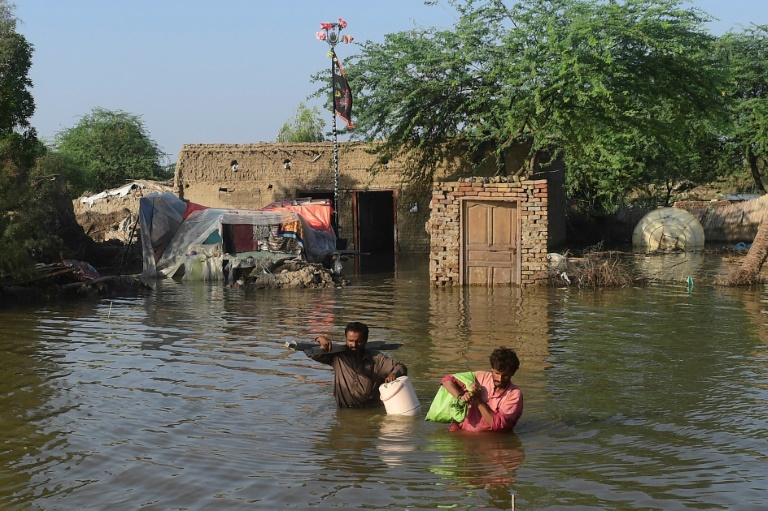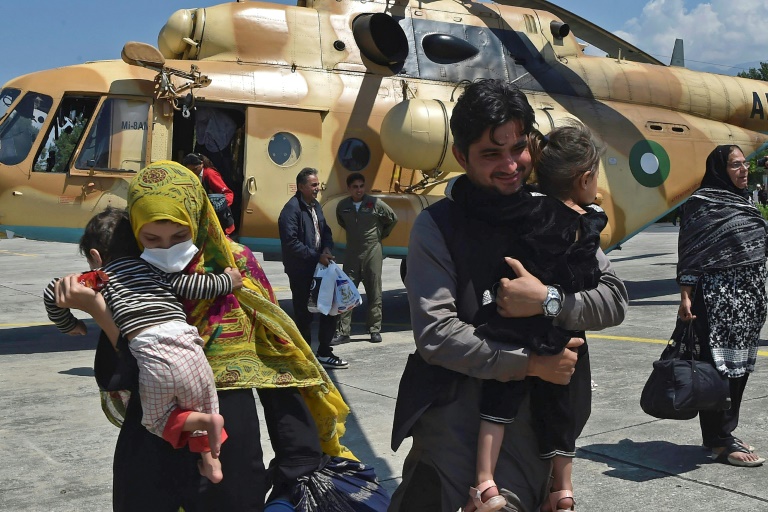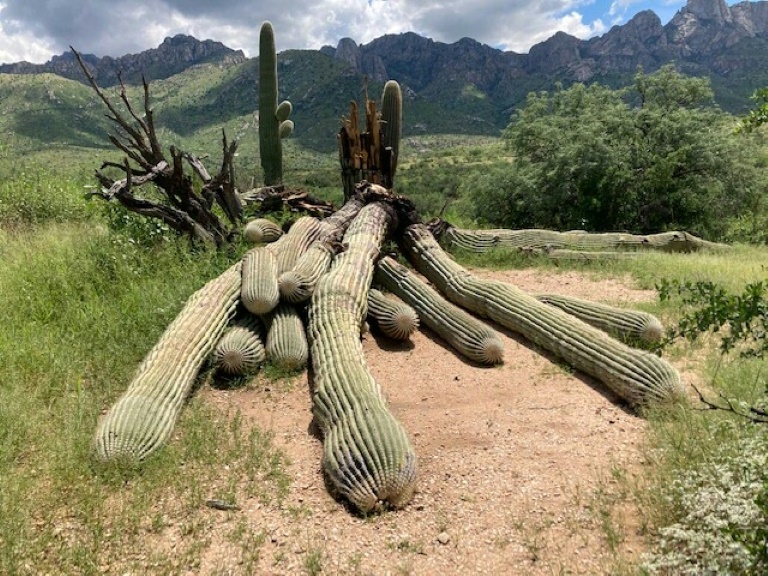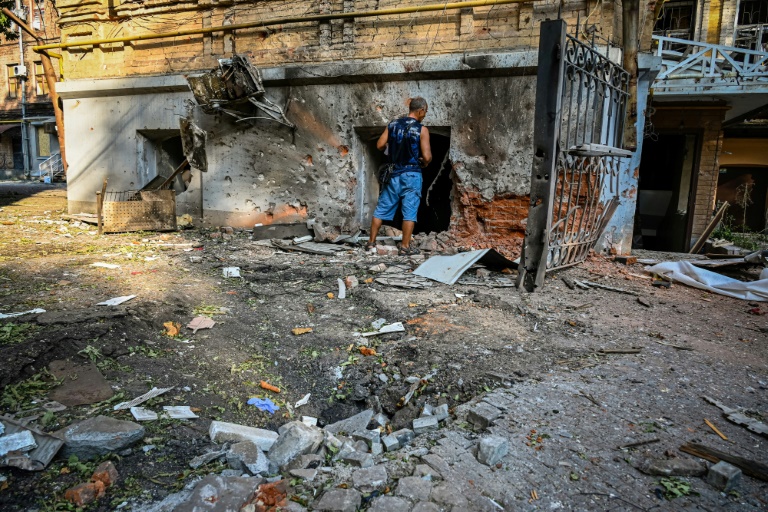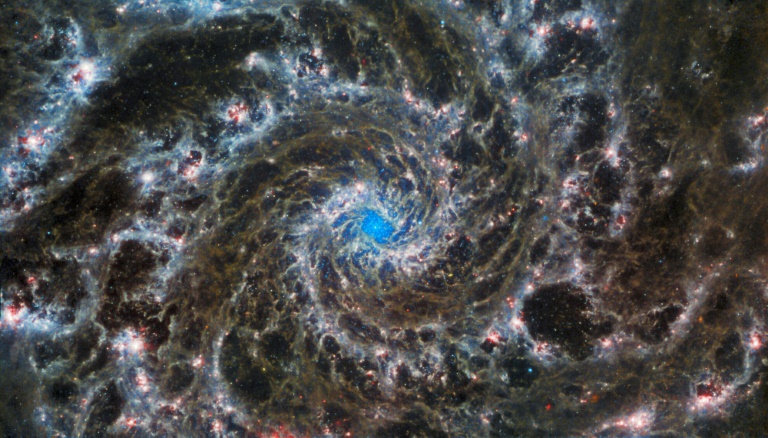At least five people died as shelling hit the centre of Ukraine's second city of Kharkiv
Ukrainian President Volodymyr Zelensky on Tuesday accused Russia of attacking the area near Europe’s biggest nuclear plant due to be visited by UN inspectors as intense battles raged in southern Ukraine.
International Atomic Energy Agency (IAEA) chief Rafael Grossi arrived in Kyiv late Monday together with a 13-strong team and headed for the Zaporizhzhia plant which has been occupied by Russian troops since early March.
“Sadly, Russia is not stopping its provocations precisely in the directions the mission needs to travel to arrive at the plant,” Zelensky said in his daily address to the nation.
“I hope the IAEA team will be able to start its work,” he said, adding that the situation in the plant was “extremely menacing”.
“The occupiers have not abandoned the plant, they are continuing bombardments and are not withdrawing arms and ammunition from the site. They are intimidating our personnel. The risk of a nuclear catastrophe due to Russian actions is not diminishing for even an hour”, he added.
“An immediate and total demilitarisation in Zaporizhzhia is necessary”.
The plant was targeted over the weekend by fresh shelling, Ukraine’s nuclear agency Energoatom said, with Moscow and Kyiv trading blame for attacks around the complex of six nuclear reactors located on the banks of the Dnipro River.
Meanwhile, intensive fighting raged across the nearby southern region of Kherson and Donbas, Zelensky said.
Most of the region of Kherson bordering the Black Sea and its provincial capital of the same name were seized by Russian forces at the start of the invasion six months ago.
With the war in the eastern Donbas region largely stalled, analysts have said for weeks that combat is likely to shift south to break the stalemate before winter comes.
Also Tuesday, fresh Russian strikes on the centre of the northeastern city of Kharkiv killed at least five people and injured seven.
– A ‘long and complicated’ fight –
But much of the attention remained on the counter-offensive in the south.
In Bereznehuvate, a town near the frontline some 70 kilometres (43 miles) north of Kherson city, AFP reporters could hear artillery fire and saw soldiers resting by the roadside.
“We forced them well back,” said Victor, an infantryman in his 60s who declined to give a surname.
But his commander Oleksandr, a veteran of the Soviet war in Afghanistan, predicted the fight to retake Kherson will be “long and complicated”.
Russia’s defence ministry claimed Tuesday that Ukraine had met “defeat” in its southern counterattack, suffering “large-scale losses” of more than 1,200 soldiers and some 150 military vehicles.
For its part, the Ukrainian presidency claimed its forces had destroyed “almost all large bridges” over the Dnipro and that “only pedestrian crossings remain” in Kherson region.
Overnight, the Ukrainian-held city of Mykolaiv, 80 kilometres (50 miles) northwest of Kherson, came under “massive bombardment” with Russian anti-aircraft missiles killing two civilians and injuring 24, the army’s southern command said.
– ‘We are not afraid’ –
The fresh fighting came as students across Ukraine prepared for the start of a new academic year after schools were shut by the Russian invasion, now in its seventh month.
Only those schools with air-raid bunkers will be permitted to reopen, with the rest reverting to online learning.
“We just want to live our life fully,” 16-year-old student Polina told AFP in Kyiv.
“We are not afraid, we have already lived enough. Our generation has decided to live in the present moment.”
European Union defence ministers meeting in Prague Tuesday began planning a training program for Ukrainian soldiers.
“There are many training initiatives but the needs are enormous,” said EU foreign policy chief Josep Borrell, who says Ukrainian troops could be trained in nearby EU member states.
EU member states were meanwhile split over a proposal to ban Russian travellers from entering its territory with heavyweights Germany and France insisting on the need to differentiate between those who were responsible for the war and those who weren’t.
“We… have to retain our ties to the latter,” French foreign minister Catherine Colonna said, singling out Russian artists, students and journalists.
– Protection for Odessa –
Ukraine said it will ask the UN’s cultural watchdog to add the historic port city of Odessa to its World Heritage List of protected sites as Moscow’s forces approach the city, officials said Tuesday.
Russian forces are within several dozen kilometres (miles) of Odessa, which blossomed after empress Catherine the Great decreed in the late 18th century that it would be Russia’s modern gateway to the Black Sea.
“Odessa is in danger right now,” Ukraine’s Culture Minister Oleksandr Tkachenko told AFP after meeting with UNESCO director Audrey Azoulay in Paris.
Last month the city was struck by missiles just hours after Russia agreed to allow a shipment of Ukrainian grain exports from the port.


